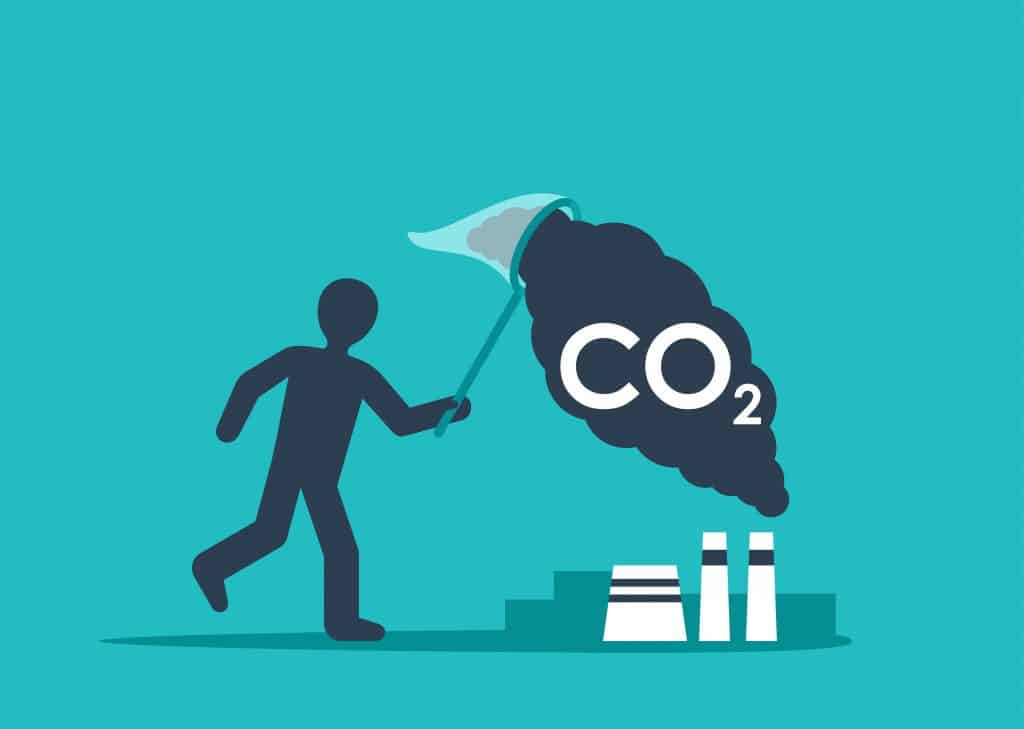There are two ways to capture carbon:
1. Stationary Capture: At a stationary point such as industrial emitters. This entails a process which stops CO2 emissions from entering the atmosphere in the first place. For example, capturing emissions directly from a smokestack.
2. Direct Air Capture (DAC). This involves technologies that utilize either a liquid adsorption or solid adsorption process. In simplified terms, DAC technologies use massive fans to collect CO2 from the atmosphere and subsequently uses a filtering technology to remove and contain CO2. Once collected, the CO2 can either be permanently stored underground or better yet, marketed for industrial purposes.
Follow us on: LinkedIn
By Charles Marleau CIM® and William Mitchell CIM®
By Charles Marleau CIM® and William Mitchell CIM®

